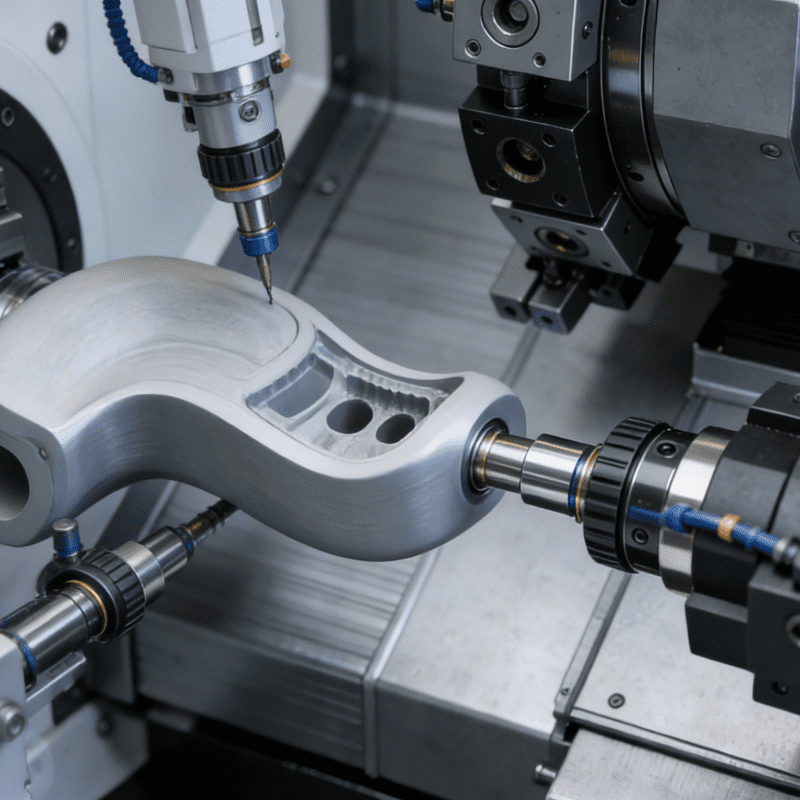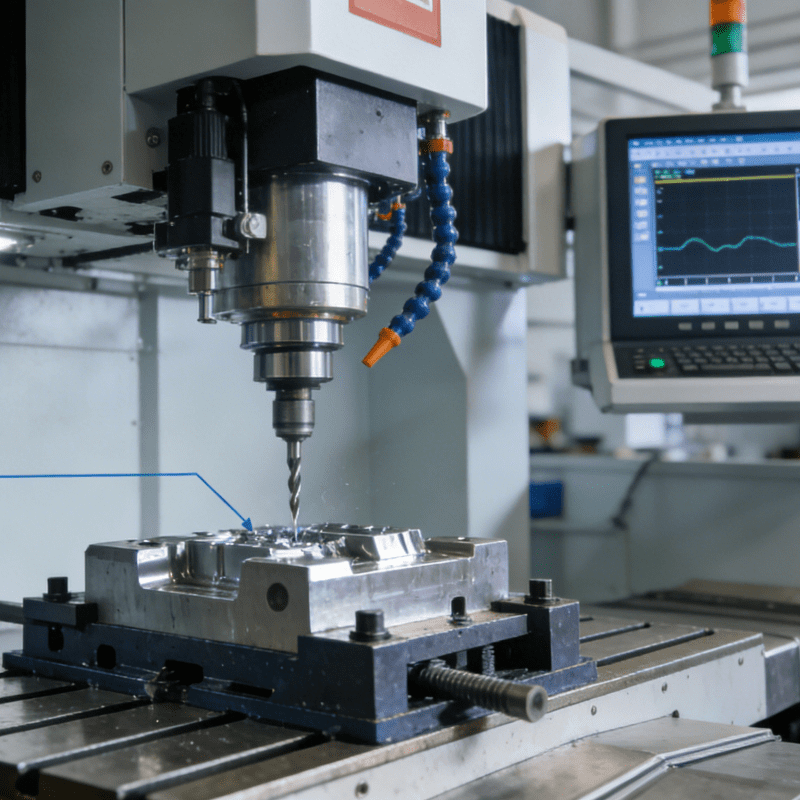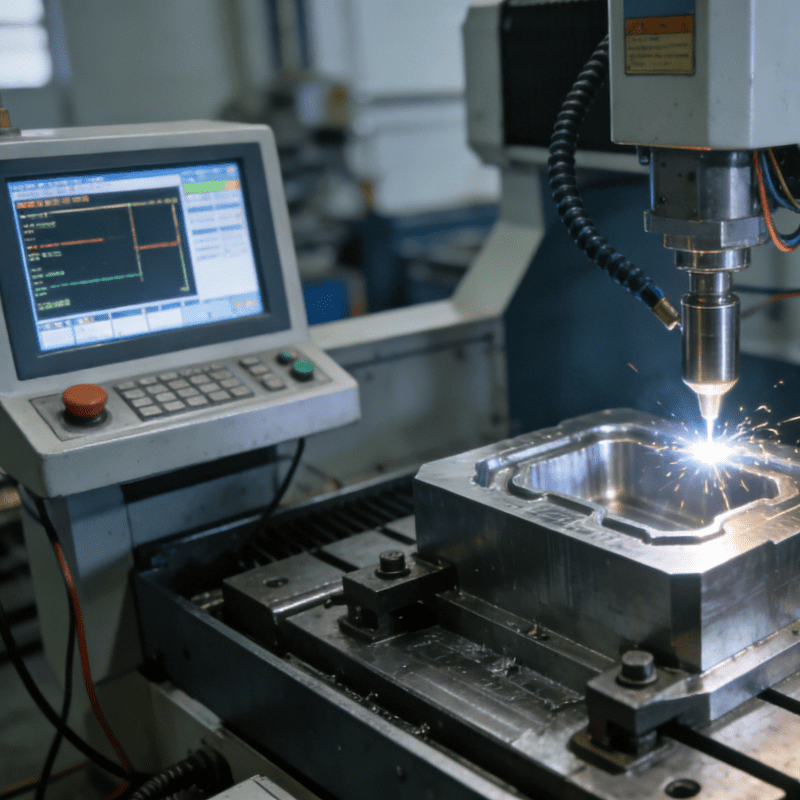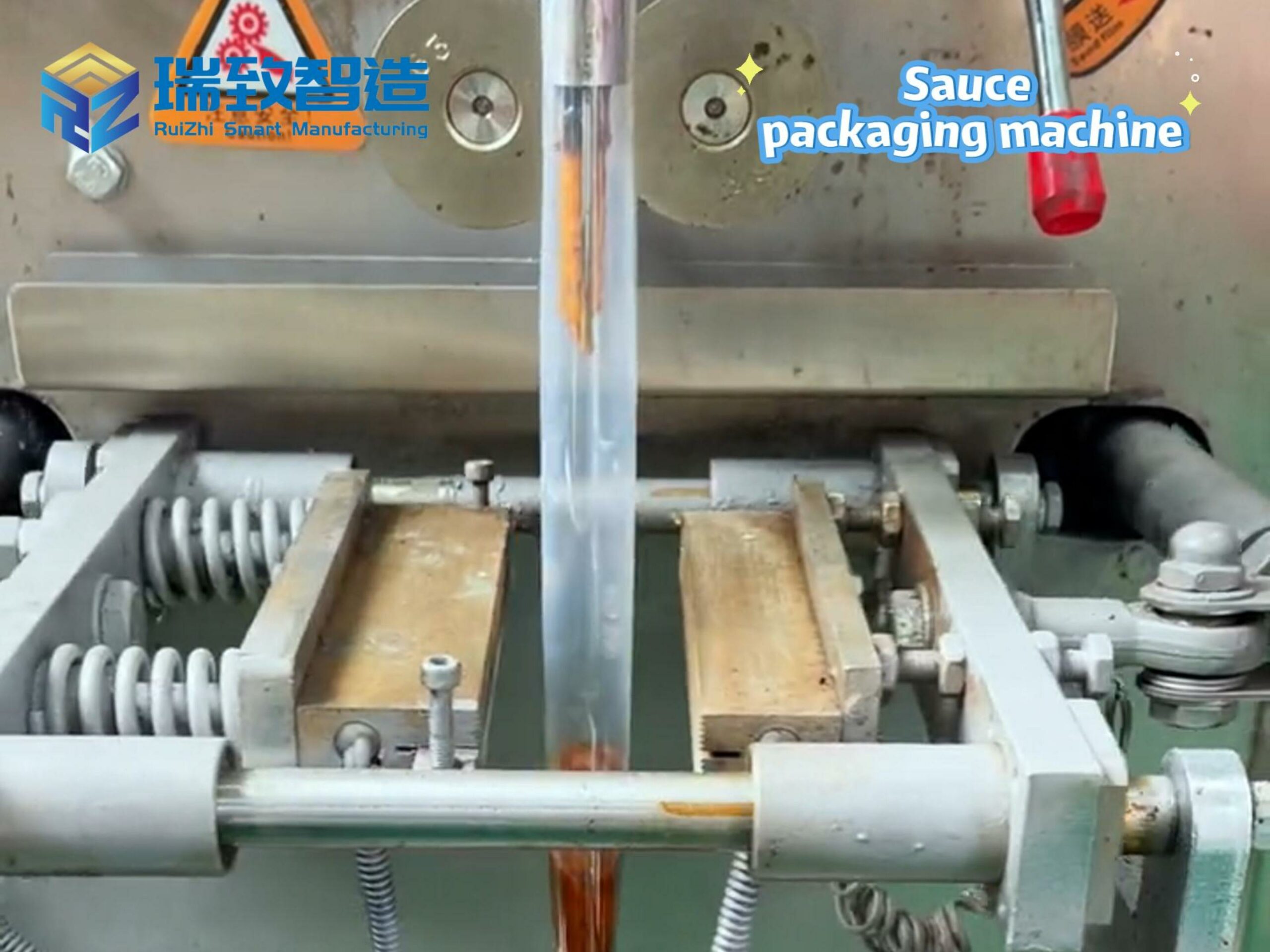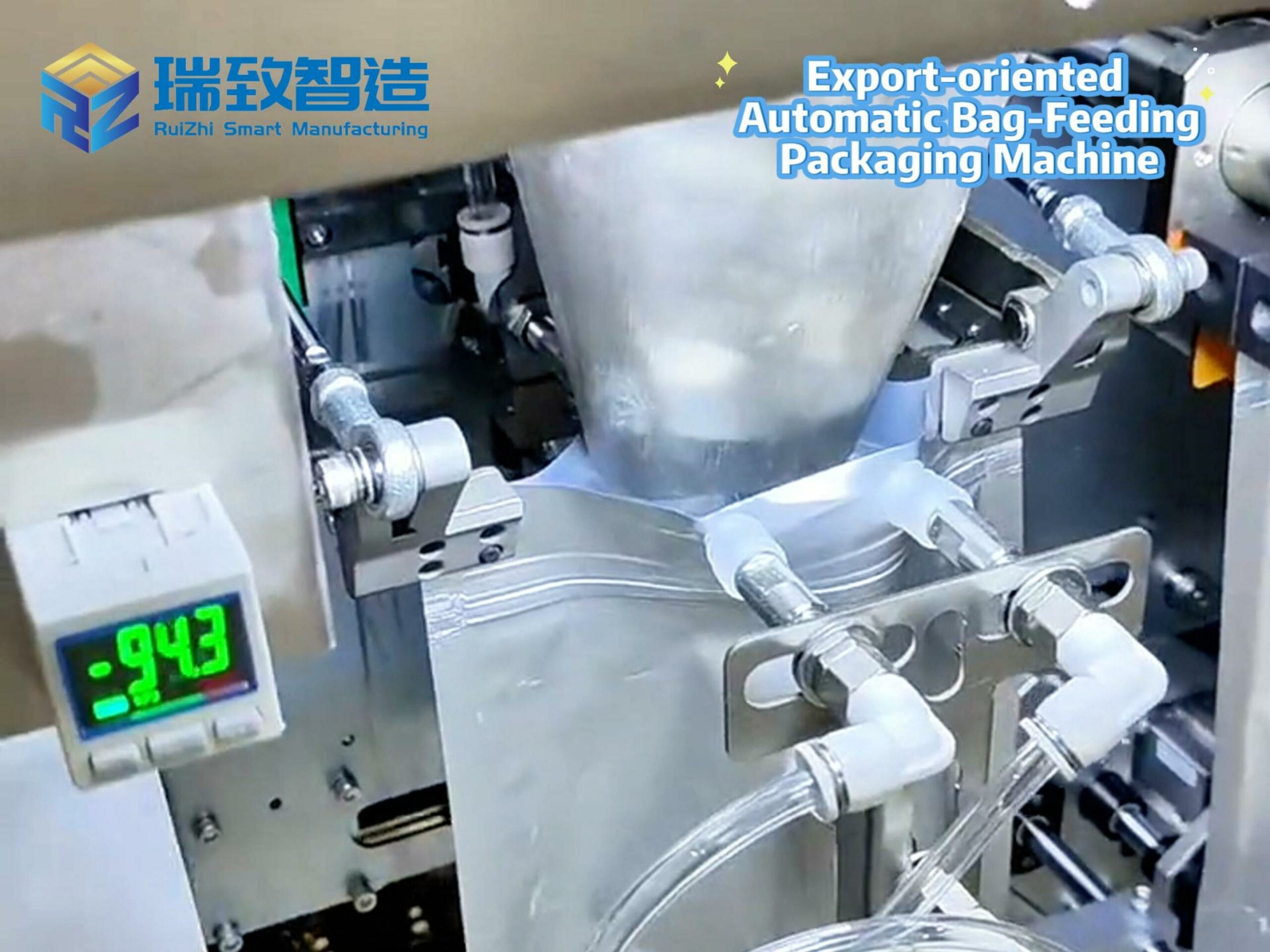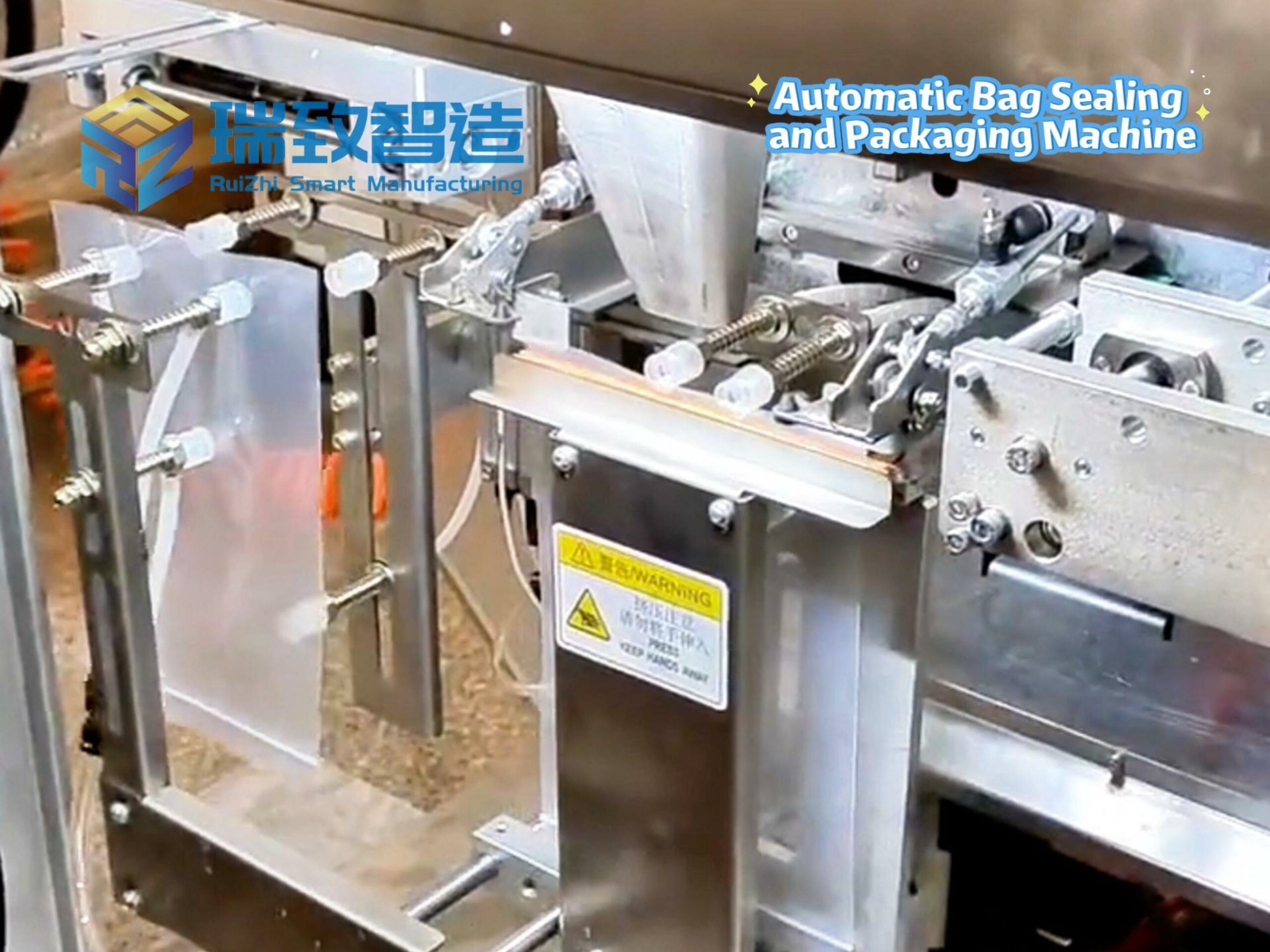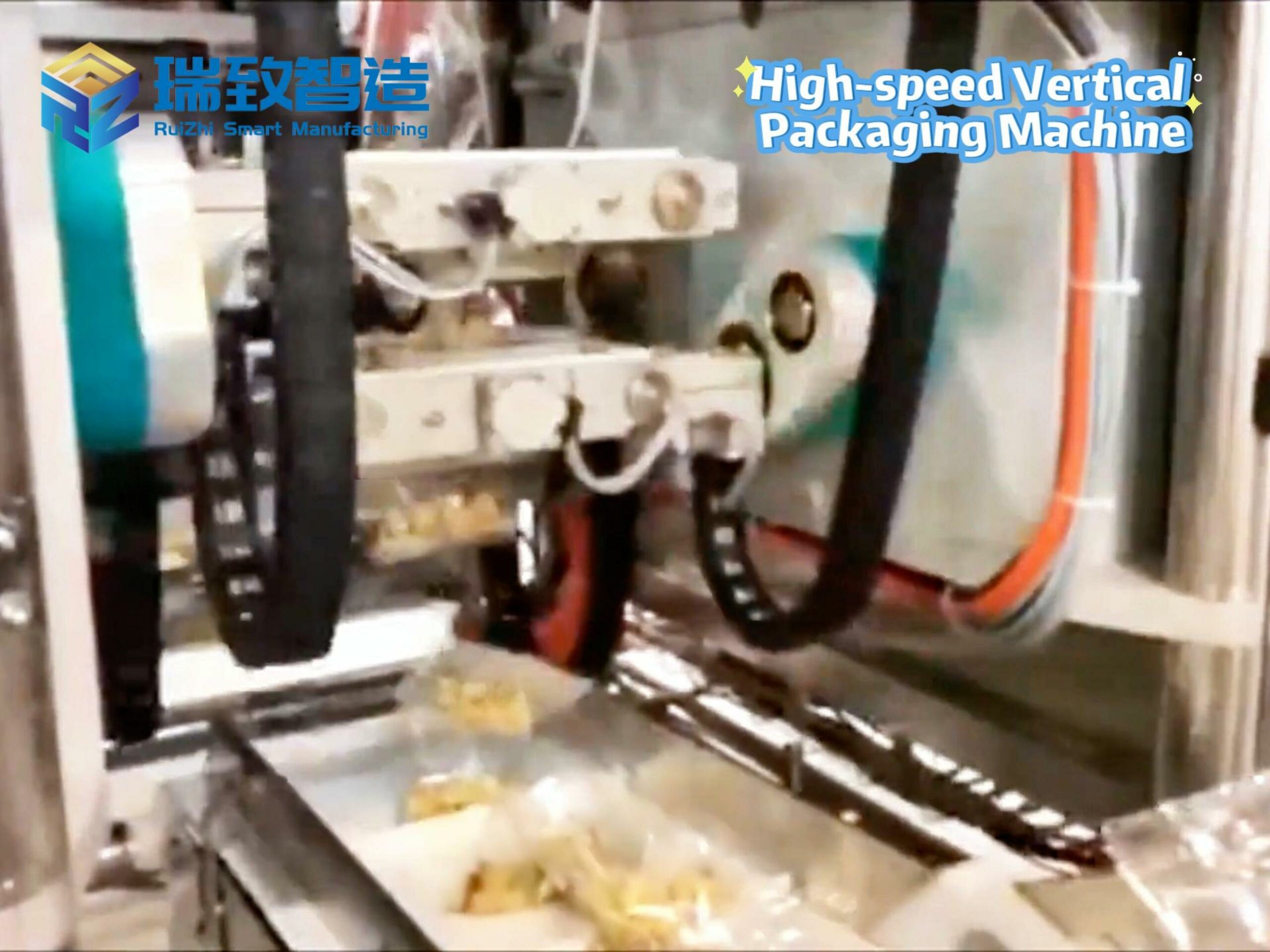In-depth Penetration of Automation Equipment in the Energy Industry: A Leap from “Stable Supply” to “Intelligent Regulation”

At a large wind power base in Inner Mongolia, a group of inspection robots equipped with millimeter-wave radar are slowly climbing along the wind turbine tower. They can penetrate rain and fog to identify 0.2-millimeter cracks on the surface of the blades, and the data is transmitted in real time to the AI diagnostic system in the central control room. Meanwhile, hundreds of kilometers away in a photovoltaic power station, the automatic sun-tracking system adjusts the angle of the solar panels in real time according to the sun’s azimuth, increasing power generation by 15% — the automation revolution in the energy industry is accelerating its evolution from “ensuring stable operation” to “dynamic intelligent regulation”.
The technological breakthroughs of energy automation equipment are first reflected in their “adaptability to extreme environments”. Traditional wind power inspections rely on manual climbing, which is not only inefficient but also faces the risk of high-altitude operations. However, wind power inspection robots equipped with magnetic adsorption tracks can work continuously for 8 hours in environments ranging from -30°C to 60°C. Through high-definition cameras and infrared thermal imagers, they complete comprehensive inspections of blades, gearboxes, and generators, shortening the inspection time of a single wind turbine from 4 hours to 1.5 hours, with the fault detection rate increased to 98%. In the photovoltaic field, intelligent cleaning robots can remove dust and snow from panels through a combination of rolling brushes and negative pressure adsorption, restoring power generation efficiency to 97% of its initial state. After a 100MW photovoltaic power station introduced this equipment, its annual power generation increased by 3.2 million kWh.
A deeper transformation lies in the “automated collaboration of energy systems”. In traditional energy production, the links of power generation, transmission, and energy storage were relatively independent. Now, however, automation equipment has achieved cross-link collaboration through the Energy Management System (EMS). Take an integrated energy base as an example: when wind power output fluctuates due to a sudden drop in wind speed, the automated energy storage system responds within 0.5 seconds, releasing electricity through lithium battery packs to fill the gap; when photovoltaic power generation is excessive, the intelligent dispatching system automatically distributes the surplus power to water electrolysis hydrogen production equipment, realizing cascaded utilization of energy. This “source-grid-load-storage” integrated automated regulation has reduced the curtailment rate of the base from 8% to 1.2% and increased the comprehensive energy utilization rate by 23%.
In the nuclear power field, the safety redundancy design of automation equipment has reached an extreme. The control rod drive mechanism of nuclear reactors needs to achieve millimeter-level positioning in a radioactive environment, with its servo system having a Mean Time Between Failures (MTBF) of 100,000 hours; the automated robotic arms in spent fuel processing workshops, through lead shielding and remote control, control the radiation dose of operators to below 0.1mSv per year, far lower than international safety standards. These technologies not only ensure nuclear power safety but also promote the large-scale application of clean energy.
It is worth noting that automation equipment is becoming a key driver of “energy transition”. In the hydrogen energy industry chain, the automated control system of electrolyzers can precisely adjust current density and pressure, stabilizing hydrogen purity at 99.999%; the unmanned system of hydrogen refueling stations, through license plate recognition and automatic settlement, shortens a single refueling time to 3 minutes, matching the efficiency of traditional gas stations. Data from a hydrogen energy demonstration station shows that after automated transformation, operating costs have decreased by 35%, and daily hydrogen refueling capacity has increased to 200kg, meeting the refueling needs of 50 hydrogen-powered heavy trucks.
In the future, with the maturity of Virtual Power Plant (VPP) technology, distributed energy sources (such as household photovoltaics and energy storage batteries) will be connected to the smart energy network through automation equipment, achieving dynamic balance of “peak shaving and valley filling”. This means that automation will no longer be limited to the efficient operation of a single device but will become the “nerve center” of the entire energy ecosystem. It will play an irreplaceable role in ensuring energy security and promoting the realization of the dual-carbon goals. Behind all this, human leadership is always indispensable — engineers improve system efficiency by optimizing algorithms, and operation and maintenance personnel gain insights into energy laws through automated data, ultimately achieving the harmonious coexistence of technology, energy, and human needs.
#automation testing interview questions #rockwell automation #youtube automation

